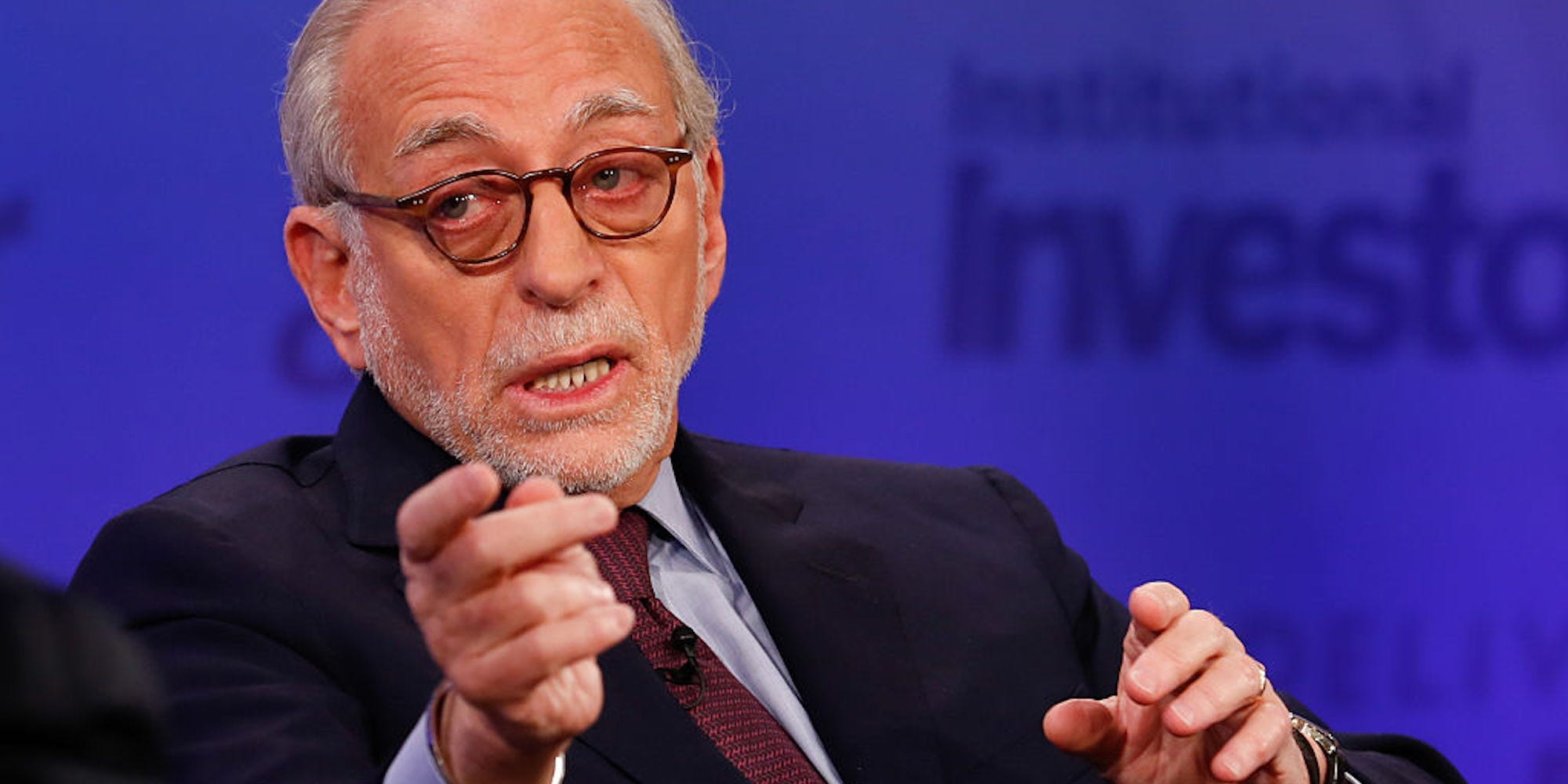Nelson Peltz sees a way to stop customers from yanking money from small banks following SVB’s implosion. Depositors who want their accounts covered beyond the FDIC’s $250,000 limit could pay a premium. For example, customers could pay a small percentage of their CD rates, he told CNBC on Monday. Loading Something is loading.
Thanks for signing up!
Access your favorite topics in a personalized feed while you’re on the go.
Billionaire and activist investor Nelson Peltz has an idea for how to staunch the bleeding of deposits from US regional banks after the blow-up of Silicon Valley Bank.
A “very dangerous situation” has been building with customers yanking money from smaller banks and pushing it into just a few of country’s largest banks, co-founding partner of Trian Fund Management told CNBC on Monday.
He appeared after a bank run at SVB, a key lender to tech startups, earlier this month triggered deposit outflows at other regional banks.
Peltz said the deposit insurance program should be expanded by having customers at all banks pay insurance premiums to the Federal Reserve only if they want their accounts covered beyond the FDIC’s typical insurance limit of $250,000.
“The first $250,000 is insured. You can still spread [money] all over the place. But if you choose to leave it all in one bank, you’re going to pay a small percentage of your [certificate of deposits] rate, or what have you, as an insurance premium for the federal government,” said Peltz, whose hedge fund handled more than $4.8 billion in assets at the end of 2022.
“You will have money flooding in here from all over the world,” said Peltz about what would happen if officials were to enact his idea. “People would feel safe. You can leave your money in your bank down the block, or you can give it to Bank of America. It doesn’t make a difference.”
The FDIC’s pool of insurance money comes from coverage premiums paid by banks and savings associations.
After SVB collapsed, the FDIC, the Treasury Department and the Federal Reserve protected all accounts that spilled over the $250,000 insurance limit. Roughly 89% of SVB’s $175 billion in deposits were uninsured at the end of last year.
But the SVB rescue didn’t ease worries about similar lenders. Deposits flowing out of First Republic Bank led to larger rivals creating $30 billion rescue package for it last week. JPMorgan CEO Jamie Dimon was working on a second round of funding for First Republic Bank, The Wall Street Journal reported on Monday.
Concerns ebbed on Tuesday, when Treasury Secretary Janet Yellen told the American Bankers Association that the crisis of depositors pulling money from small and mid-sized US banks is “stabilizing,” and the government could provide further support if the problem widens.
For his part, Peltz said he likes the idea of having bank customers pay for insurance on the accounts they want to exceed the FDIC’s coverage limit.
“Let them understand that they have a conscious decision to leave it in one place or move it around,” he said. “And if they choose to leave it in one place for convenience or comfort, or what have you, they’re not paying any money. They’re just getting less of a return, for example, on their CDs.”
Peltz said he discussed his idea with a number of elected officials in Washington, but he didn’t specify. “They all either liked it or didn’t understand it,” he said.
He’s also spoken to two CEOs of the four largest US banks. “There were varying degrees of affection for it,” he said.
